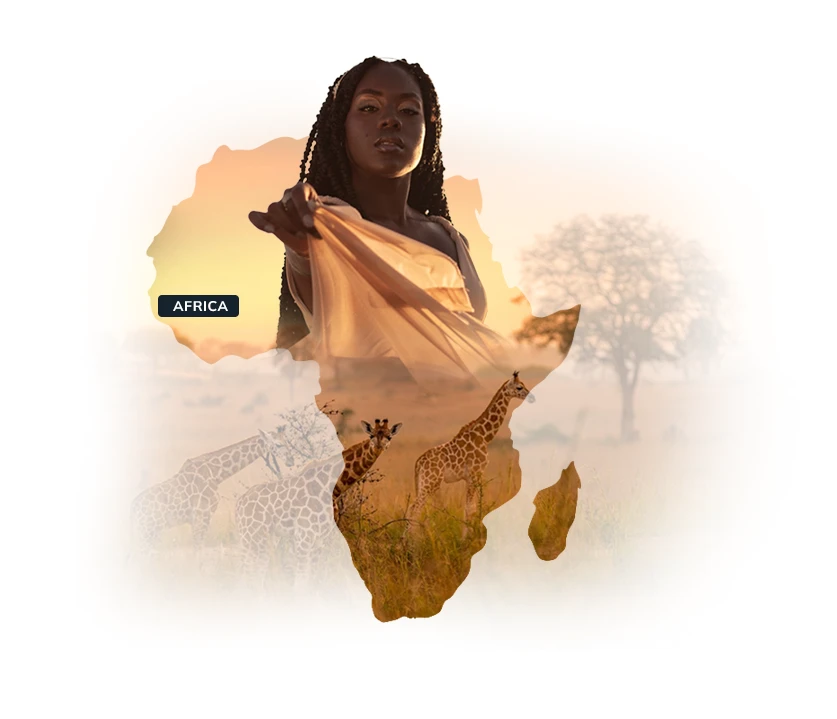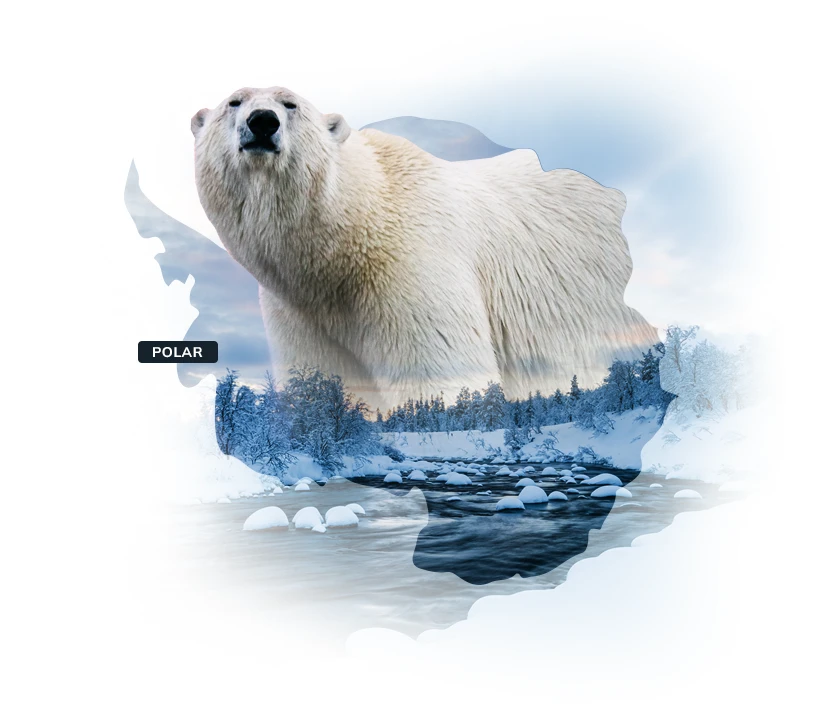Lake Manyara National Park, an emblem of the unique and remarkable Tanzania safari
 Nestled within Tanzania's vibrant heart, Lake Manyara National Park is a hidden gem with an understated charm and a rich tapestry of ecological diversity.
Nestled within Tanzania's vibrant heart, Lake Manyara National Park is a hidden gem with an understated charm and a rich tapestry of ecological diversity.
Against the backdrop of the Rift Valley's majestic slopes, Lake Manyara National Park is defined by its sprawling lake, lush savannahs and mystical marshes. This sanctuary, whispering with the stories of its inhabitants, is one of the best places to visit in Tanzania to see elephant herds, hippos, and the elusive tree-climbing lion. The lake is also home to an array of migratory birds, like flamingos, in the wet season.
Exploration in Lake Manyara transcends a conventional Tanzania safari tour, offering self-guided safaris, starlit night drives, and canoe voyages on serene waters. Each mode of discovery unveils distinct facets of the park’s beauty, from the panoramic vistas along the Msara Trail to the wildlife-rich waters on the Lake Shore Trail, and the birdwatcher’s paradise along the Iyambi River Trail. The park's allure is further enriched by the Marang Forest Reserve, a highland forest rich with biodiversity.
Lake Manyara National Park is a secluded retreat, captivating the hearts and spirits of those who venture its paths. Far from the beaten track, it offers an idyllic option for those seeking a unique Tanzania holiday, inviting a deeper connection with the wild and offering a sanctuary for the soul.
When to go to Lake Manyara
There is no specific best time to visit Tanzania, as both its wet and dry seasons provide opportunities for different types of wildlife viewing among its best national parks.
Lake Manyara is at its peak size in the wet season (November to May) and picturesque canoe safaris are available. The scenery is also at its most green when the rains come, and there are usually fewer tourists. Wet roads can make drives more challenging, but you’ll be rewarded with diverse birdlife and the newborn mammals which can be seen in the spring.
In the dry season (June to October), wildlife observation is made easier by the shrinking water source and sparse vegetation. Temperatures are cooler, so warm clothes may be required, especially in the early mornings.
WEATHER CHART:
- Excellent
- GOOD
- POOR
Need to chat?
Find out more and tailor your perfect trip with the help of our specialist team
Enquire OnlineMore Tanzania travel inspiration from Wayfairer customers and travel specialists
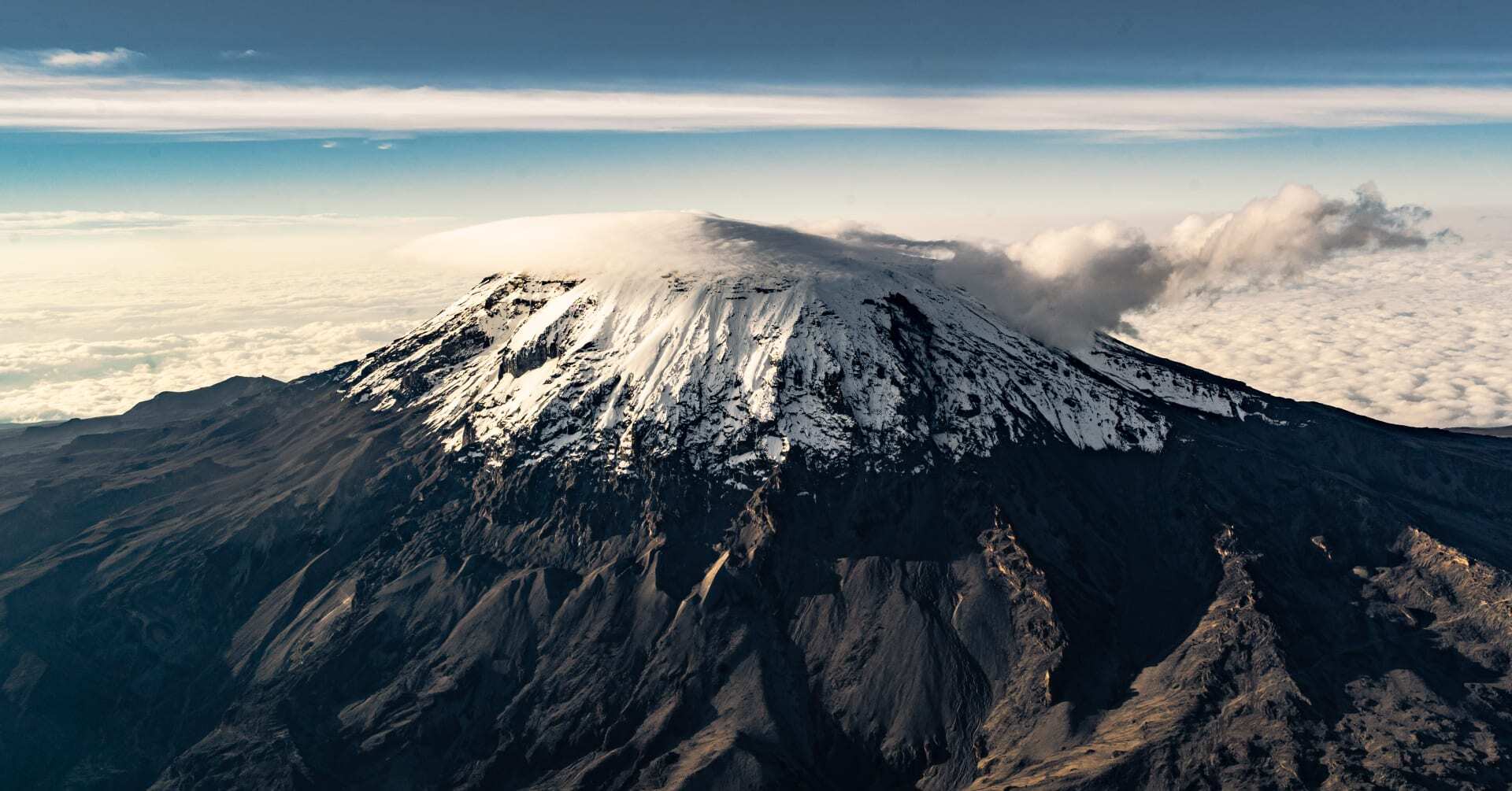
The Best Time to Climb Kilimanjaro
May 13, 2025
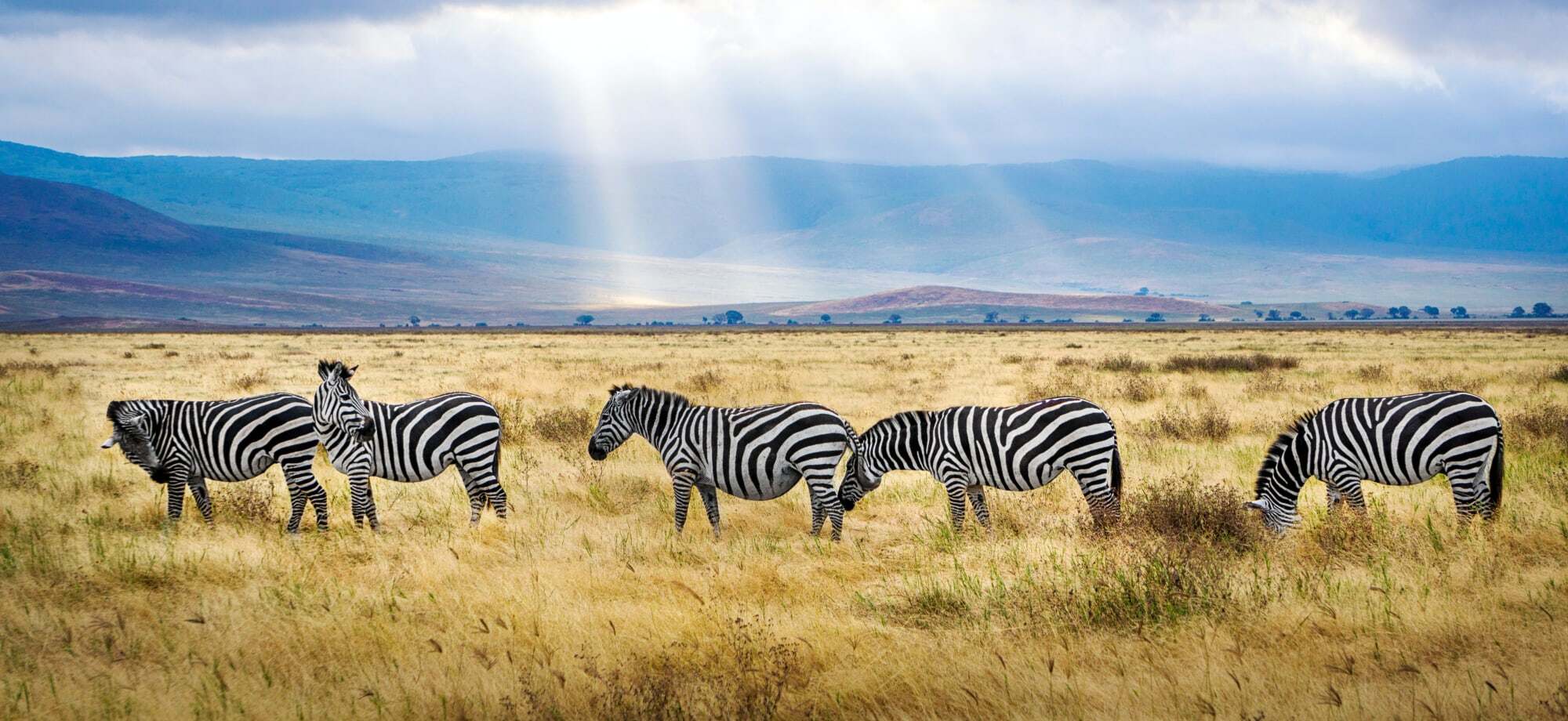
Top 7 Parks & Game Reserves in Tanzania (Including Where to Stay)
April 14, 2023
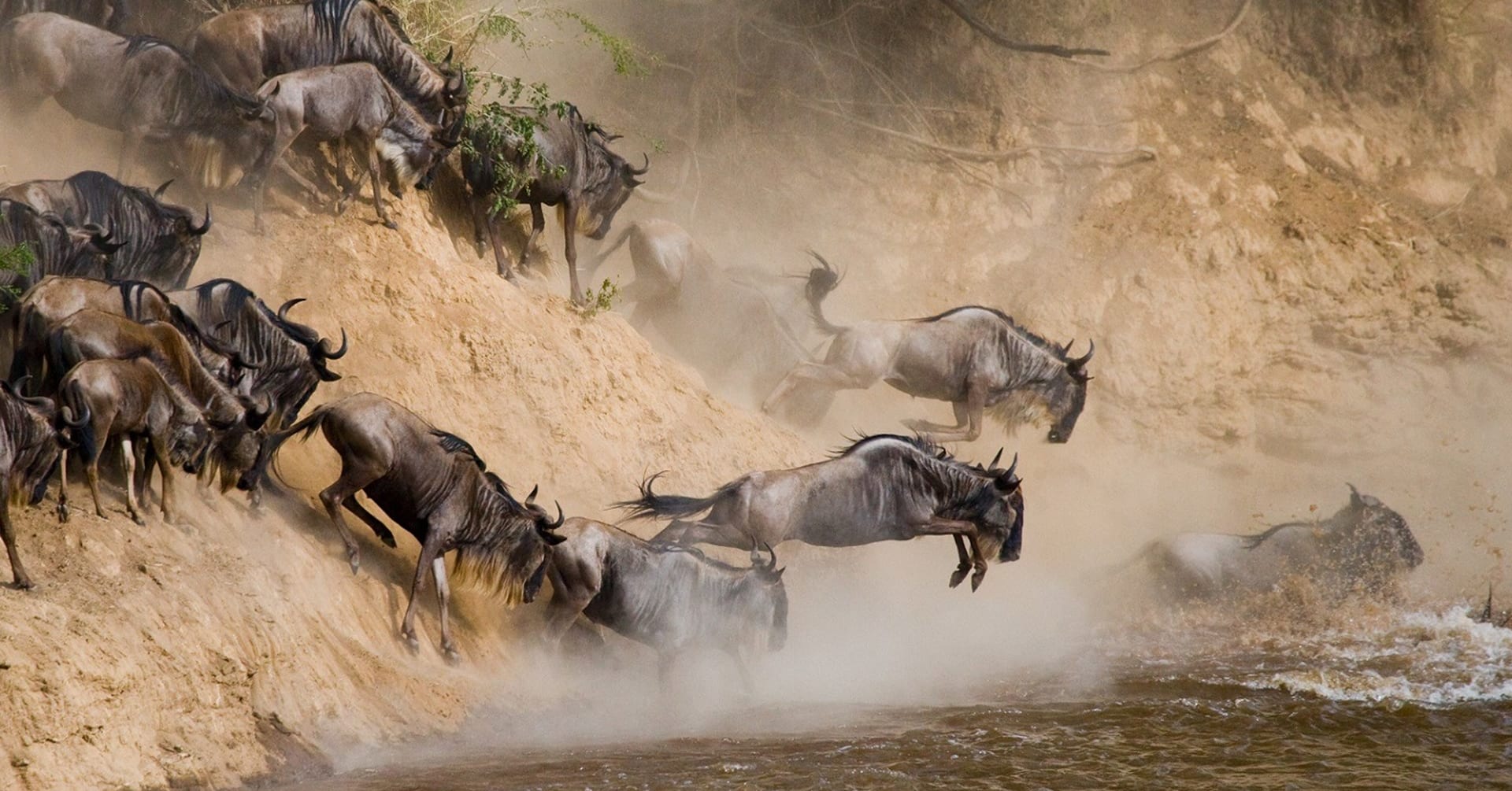
Monthly Wildebeest Migration Patterns (Including Where to Stay)
May 08, 2024
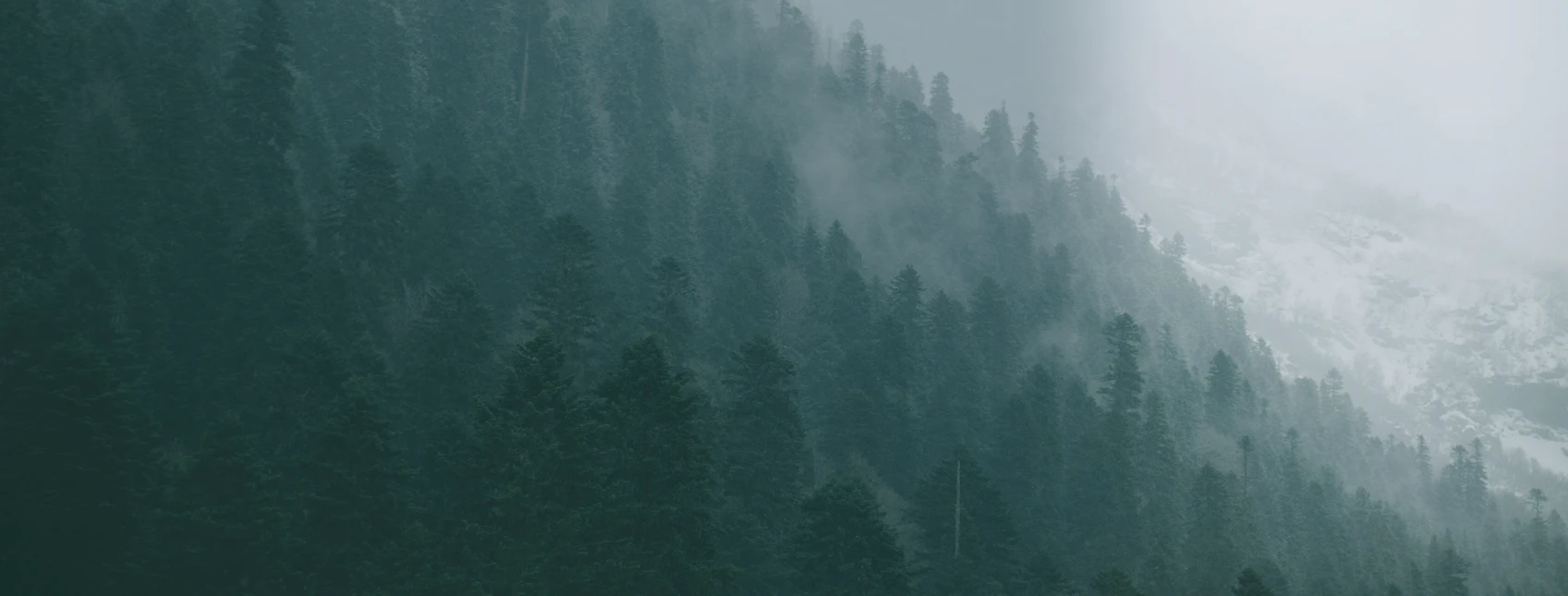
Sign up to our newsletter
For more travel inspiration delivered straight to your inbox just fill in your details here
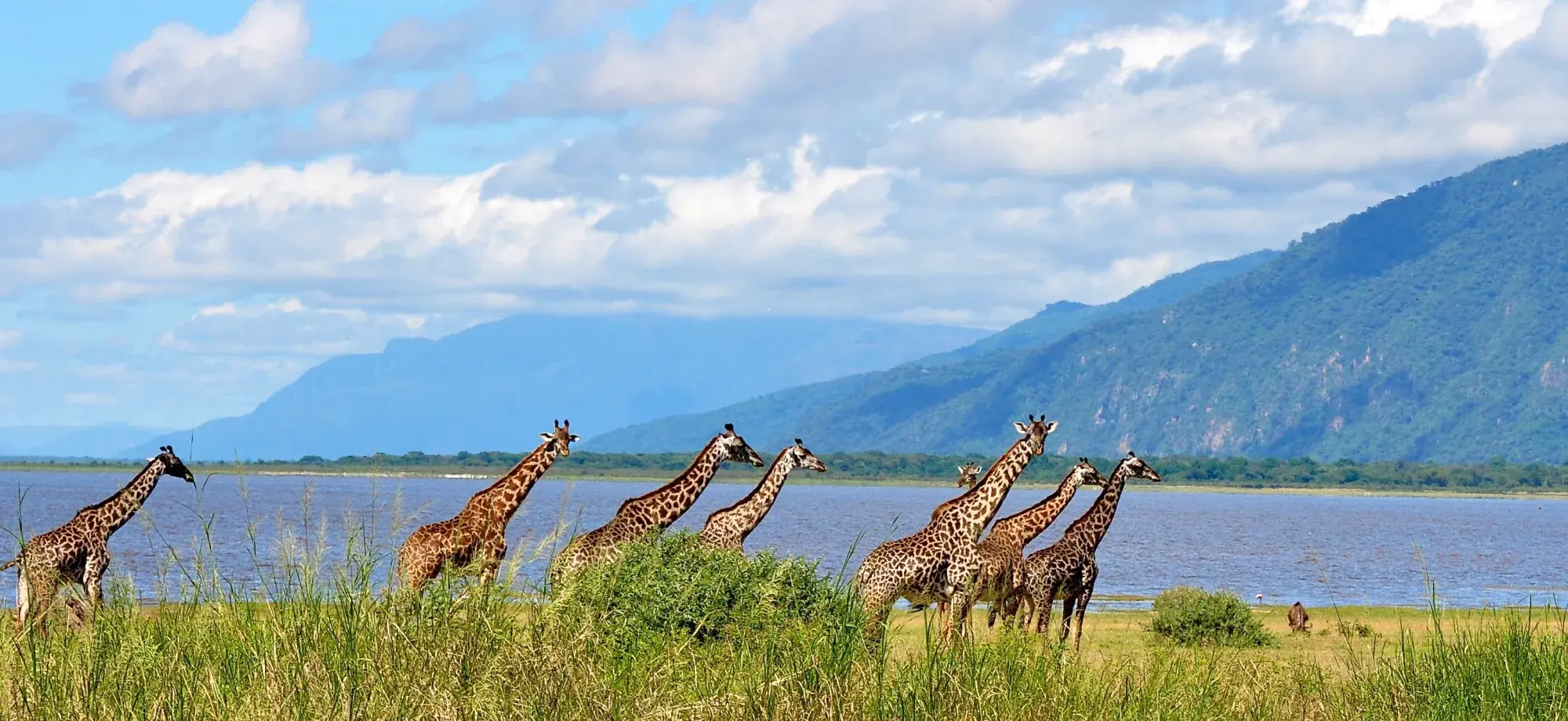
Start planning your luxury Tanzania holiday today
We're looking forward to hearing from you


